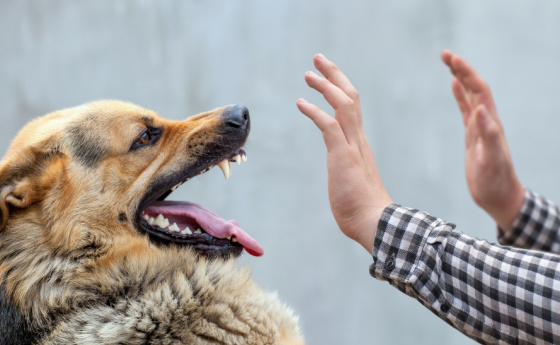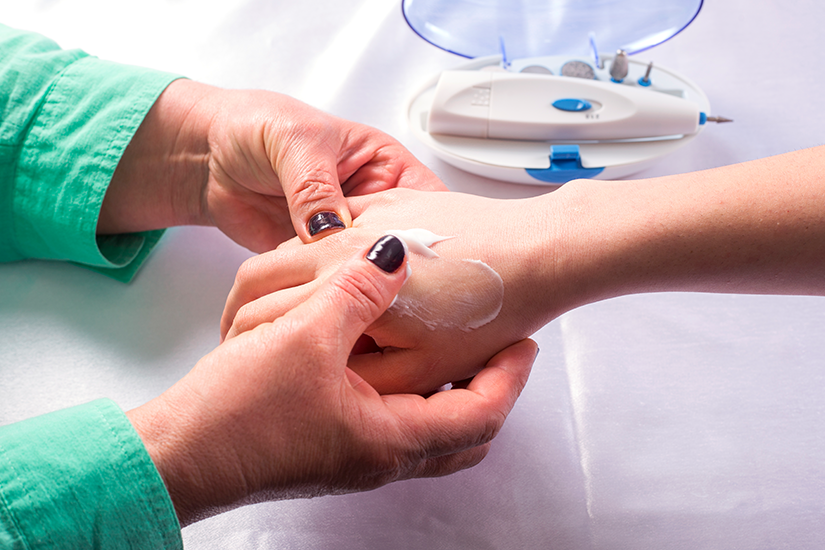- Emergency Ambulance Services
- 8606811111
- 0471-4077777, 0471-7177888
- gro@sutpattom.com
Rabies: Prevention and Treatment
Dr. Mohammed Haneef M, HOD, Emergency Department, SUT Hospital, Pattom
Studies indicate that 18,000 – 20,000 deaths occur due to rabies in India. 30% – 60% of these are happening among children less than 15 years of age. The situation in Kerala should be given extra attention as it is increasing recently.
Schools and colleges have started working as before after the Covid pandemic. Compared to last two and a half years, it is common that children are now moving in public places. ‘Rabies’ is a crucial issue that needs to be develop awareness among children as important as precautions to be taken to fight against Covid.
Most deaths from rabies occur in children under the age of 15. This is because the children are not aware of the seriousness of being exposing to the situation. So in most of the cases they do not disclose such incidents to their parents or others. An important fact that everyone should understand is that Rabies infection is 100% preventable if it is treated on time.
How does rabies occur in humans?
In India, the most common cause of rabies is a dog bite. The infection is transmitted from the saliva of animals (as the virus grows in their salivary glands). Rabies is caused when a dog bites and its saliva mixes with the wound. The virus is not transmitted through a dog’s blood or faeces. The infection spreads to the muscles and then through our nerves to the brain and other parts of the body.
What are the symptoms of rabies?
The patient will experience symptoms within 10 – 20 days of a dog bite, such as fatigue, headache, nausea, and fever. In 20 – 90 days of infection, symptoms such as fear of water, fear of darkness, difficulty in throat while drinking water and eating food will appear.
How to prevent rabies?
The possibility of infection from a dog bite can be categorized into several levels.
- Stray dog bites are more likely to cause infection.
- If bitten by a domestic dog, the chance of infection is very low if the dog is properly vaccinated. However, it is better to consult a doctor for an accurate diagnosis.
- If you have been bitten by a pet dog and the dog has had any recent changes in their behavioural patterns (increased aggression, being unusually gloomy, trying to attack when approached) you should definitely seek medical attention as soon as possible and take the dog to a veterinarian.
- Bites from other animals such as cats, mice and squirrels are less likely to cause rabies. But there is a possibility of getting infected if the animals come and go in the house accidentally. Because we cannot tell if these animals have been bitten by a rabid dog from the outside. In India, most cases of rabies are from dogs. Bat-borne rabies has been found in foreign countries.
The intensity of infection can be categorized in 3 stages based on the exposure.
Category 1: Skin contact with the saliva of dog saliva is considered at a very low risk.
Category 2: If there is a scratch on the skin or a small cut, the dog licks or gnaws on the cut, it is included in category2.
Category 3: If the bite is deep and bleeding, the risk of infection is very high. Bites on the hand or face are the most serious. It can spread to the brain very quickly, leading to complications.
First Aid for Dog Bite
- Wash the affected area thoroughly with soap and water for about 15 minutes.
- Washing the wound with betadine solution and water ensures further protection.
- Get to the hospital as soon as possible.
- Seek proper treatment for infection prevention (Post Exposure Prophylaxis).
There are two types of Post Exposure Prophylaxis
1. Immunoglobulin
2. Injection
It takes some time for the immunity to show up in the body if the vaccine is taken in the normal course. Therefore, the immunoglobulin should be taken to prevent the virus from spreading in the body (for quick effect). Human immunoglobulin (HRIG) is commonly used. The dose of immunoglobulin injection is given according to the body weight of the patient. This helps prevent the spread of infection from the injured area to other parts of the body. The amount of passive antibody increases in the body within 24 hours. This prevents the virus from spreading to the nerves and brain. 5 doses of injection should be taken within 28 days (counting from the day of the bite – 0, 3, 7, 14 and 28). It must be taken without interruption. Those working in the veterinary field and dog handlers should take Pre Exposure Prophylaxis and check the immunity level of the vaccine once in six months.
It is necessary to pay attention to all these things and create awareness about rabies in children. Tell the children to inform their parents or other adults if a situation like this occurs. Basic knowledge will help you to face such situations with courage and without fear.









